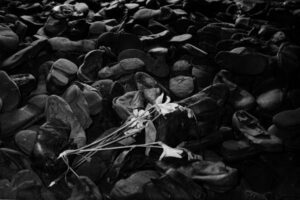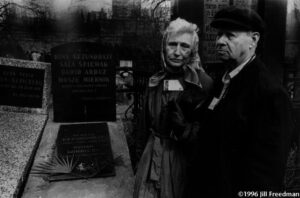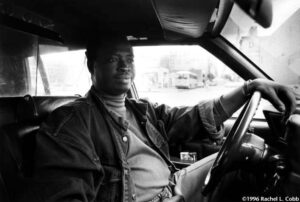
Indian Head Start: Restoring a Culture
HARLEM, Montana – Winston Morin pulls the Head Start bus up to a pink quonset-hut classroom at the Fort Belknap Agency and joshes with teacher Barbara Long Knife as she climbs aboard for the late-morning ride. The two-way radio hanging above Morin’s left hand crackles




